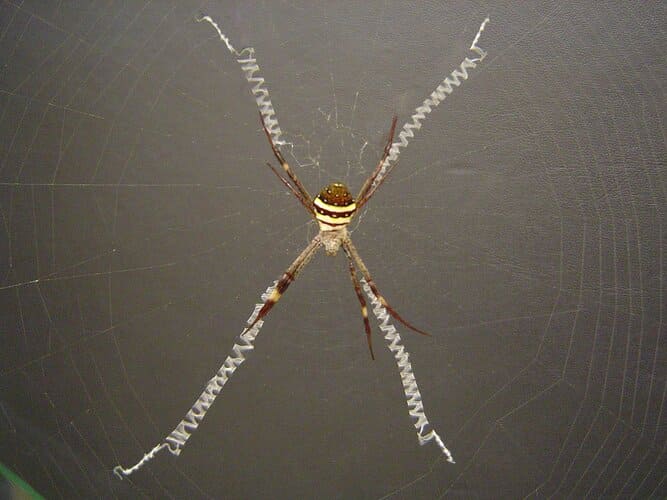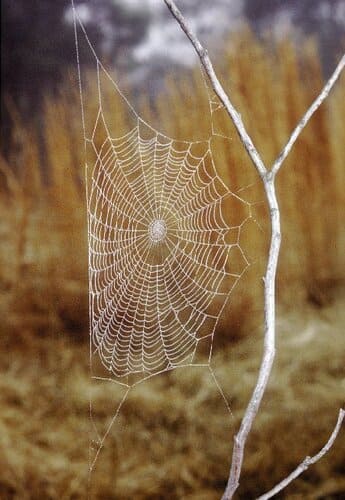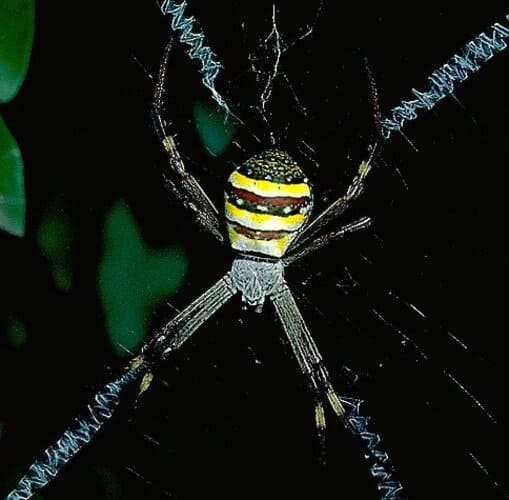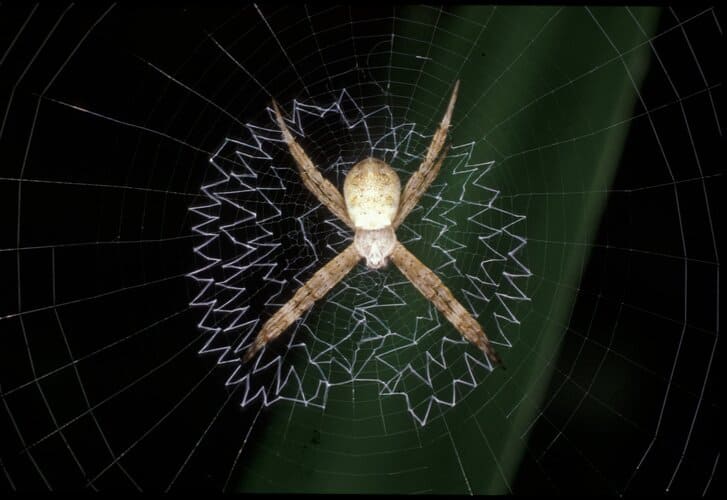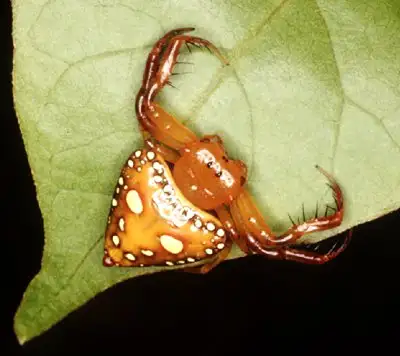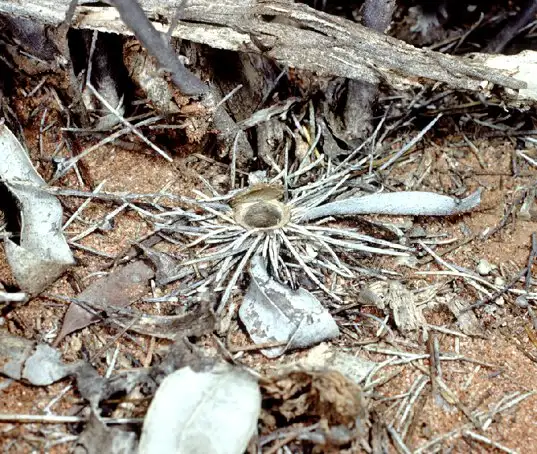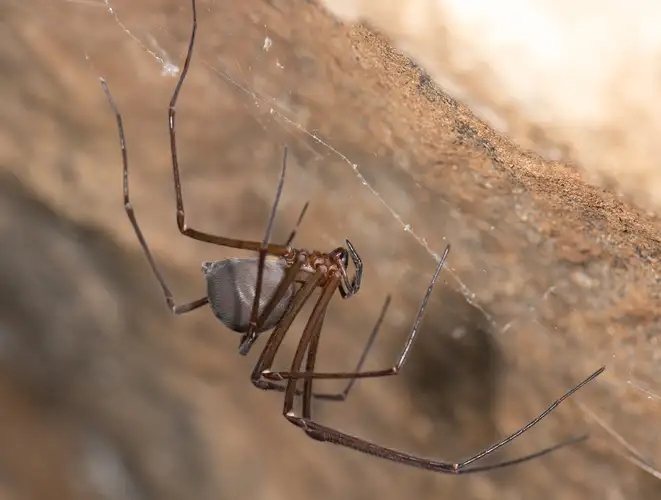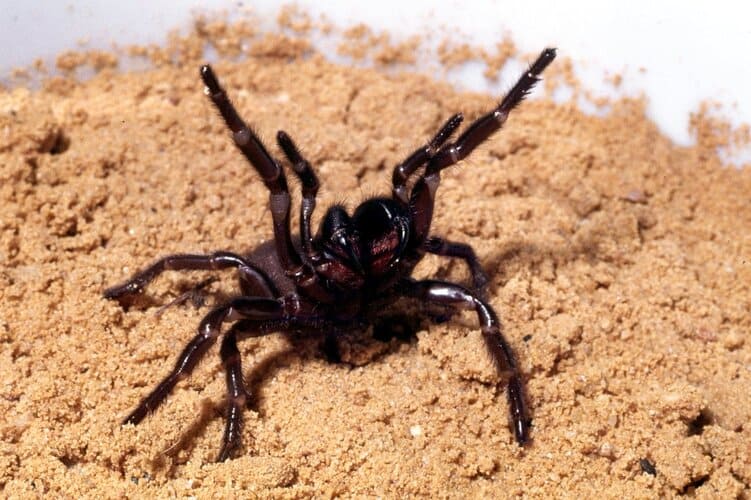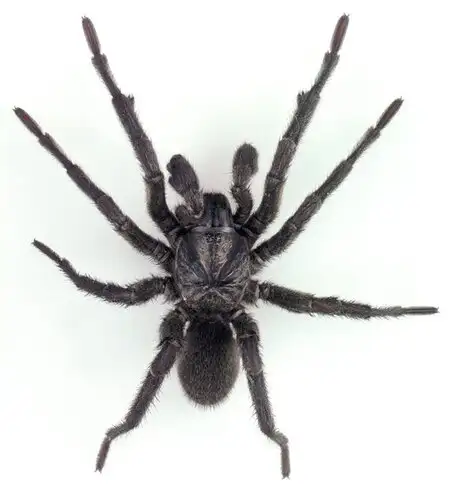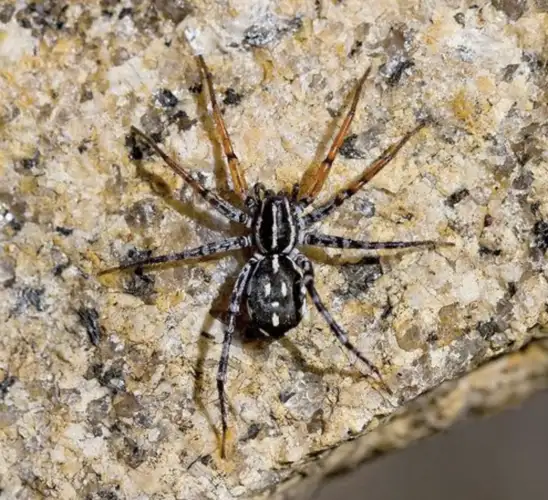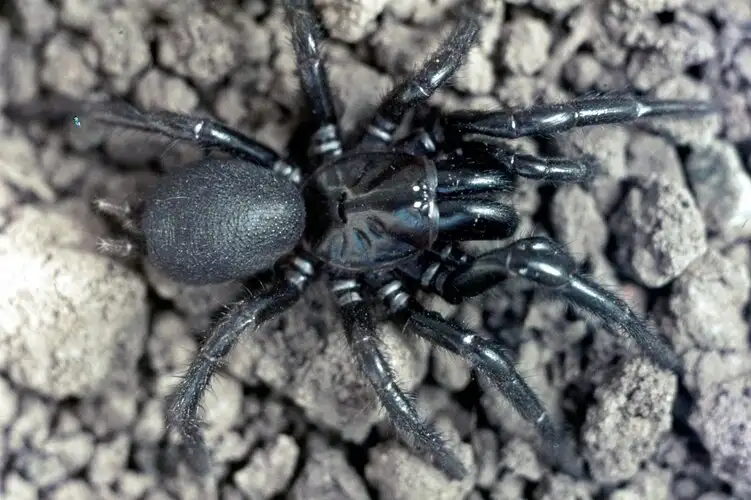St Andrews Cross Spider
IUCN
LCBasic Information
Scientific classification
- name:St Andrews Cross Spider
- Scientific Name:Argiope keyserlingi (and closely related cross-marked Argiope species)
- Outline:Arthropoda
- Family:Araneidae Argiope keyserlingi
Vital signs
- length:Adult females about 10–16 mm, males about 3–4 mm; females have leg spans of several centimetres
- Weight:Light-bodied orb-weaver; typically tens to a few hundred milligrams depending on sex and condition
- lifetime:Most individuals complete a one-year life cycle, with some surviving more than one breeding season in mild climates
Feature
Garden orb-weaver famous for its X-shaped stabilimentum in the web centre and characteristic cross-shaped resting posture.
Distribution and Habitat
Gardens, field margins, forest edges, wetlands and structures such as fences and verandas across eastern Australia and nearby regions.
Appearance
Brown carapace with a brightly patterned abdomen showing white, yellow or silvery bands and black markings; females large and colourful, males much smaller and more subdued.
Details
The St Andrews Cross Spider is a striking orb-weaver best known for the bold “X”-shaped silk pattern it builds in the centre of its web. The name is used mainly forArgiope keyserlingi in eastern Australia, along with some closely related cross-marked Argiope species. When the adult female sits at the hub of the web with her legs arranged in four pairs along the arms of the “X”, the silhouette resembles the diagonal cross associated with Saint Andrew.
Taxonomy & Naming
Common name: St Andrews Cross Spider
Representative scientific name: Argiope keyserlingi
Family: Araneidae (orb-weaving spiders)
Genus: Argiope
Appearance
St Andrews Cross Spiders are colourful and highly recognisable garden orb-weavers:
Body size: adult females are about 10–16 mm in body length with a relatively large, rounded abdomen; males are much smaller at around 3–4 mm and are usually found near the edge of the female web;
Colouration: the carapace is brown to dark brown, while the abdomen shows bright patterns of white, yellow or silvery bands contrasted with black markings;
Typical posture: the female often rests at the centre of the web with her legs held in pairs, forming four arms that align with the silk cross;
Sexual dimorphism: females are conspicuously larger and more colourful, whereas males are small, slender and more subdued in colour.
Orb Web & the “St Andrews Cross” Stabilimentum
Like other orb-weavers, this species spins a wheel-shaped orb web, but it is especially famous for its distinctive stabilimentum – a dense band of white silk in the web centre:
The stabilimentum usually forms an “X”-shaped or partial cross of thick, opaque silk ribbons;
When the spider sits on the cross with legs aligned along the arms, its outline is partially broken up;
The structure may help with camouflage, reflect ultraviolet light that attracts insects, or make the web more visible to birds and larger animals so they avoid flying through it.
The orb is normally built between shrubs, tall grasses, fences or man-made structures. In the early morning, dew on the silk makes the cross and the radiating lines particularly visible.
Distribution & Habitat
St Andrews Cross Spiders are common in eastern Australia, including New South Wales, Queensland and Victoria, and related cross-marked Argiope species occur in nearby regions such as New Guinea and parts of the Pacific.
They are typically found in:
Urban and suburban gardens, flower beds and hedges;
Field margins, pastures and roadside vegetation;
Forest edges, clearings and vegetation along creeks and wetlands;
Fences, verandas and around outdoor lights where flying insects are abundant.
Behaviour & Diet
St Andrews Cross Spiders are mostly active during the day and at dusk. They aresit-and-wait predators that rely on their orb web to catch flying insects:
Females usually remain at the hub of the web, monitoring vibrations through the silk;
Their prey includes mosquitoes, midges, flies, moths, small bees and wasps, leafhoppers and other small insects;
When prey becomes entangled, the spider rapidly runs to the impact point, bites and wraps the victim in silk, then moves it to a safer position to feed.
By removing large numbers of flying insects, these spiders are valuable natural pest controllers in gardens and agricultural landscapes.
Venom & Human Significance
Like most orb-weavers, St Andrews Cross Spiders possess venom that is effective on insect prey but generally mild for humans. They are not regarded as dangerous spiders.
Documented bites are uncommon and typically result in:
Short-lived local pain or discomfort at the bite site;
Mild redness, swelling or itching that resolves within hours or a couple of days;
Very rare, minor systemic symptoms in particularly sensitive individuals.
Basic first aid – washing the area and applying a cold pack if needed – is usually sufficient. Serious medical complications from this species are extremely rare.
Human Interactions
Because they are conspicuous yet harmless, St Andrews Cross Spiders are frequently used as examples in nature education and public outreach about spiders. They illustrate both the diversity of web designs and the ecological value of spiders as insect predators.
In most situations, the best way to coexist with them is simply to leave their webs in place, especially in garden corners where they do not interfere with paths. If a web is in an inconvenient spot, it can be gently relocated with a stick or by moving the supporting branches, rather than using insecticide.
References
Craig, L.C. and Bernard, G.D. (1990). Insect attraction to ultraviolet-reflecting spider webs and web decorations. Ecology 71 (2): 616-623.
Eisner, T. asnd Nowicki, S. (1983). Spider web protection through visual advertisement: role of the stabilimentum. Science 219: 185-187.
Elgar, M.A. (1991). Sexual cannabilism, size dimorphism and courtship behaviour in orb-weaving spiders (Araneidae). Evolution 45 (2): 444-448.
Elgar, M.A., Allen, R.A. and Evans, T.A. (1996). Foraging strategies in orb-spinning spiders: Ambient light and silk decorations in Argiope aetherea Walckenaer (Araneae: Araneoidea). Australian Journal of Ecology 21: 464-467.
Main, B.Y. (1973). Spiders. Australian Naturalists Library. Collins, Sydney.
McKeown, K. (1963). Australian Spiders. Angus and Robertson, Sydney.
FAQ
Q1. Are St Andrews Cross Spiders dangerous to humans?
No. Their venom is adapted for subduing small insects and is considered mild for humans. Bites are uncommon and usually
cause only short-term local pain and redness.
Q2. Why do they build an “X” of white silk in the web?
The “X” is a form of stabilimentum – a conspicuous band of silk that may help with camouflage, insect attraction or making
the web more visible to larger animals, reducing accidental damage.
Q3. Are they useful in the garden?
Yes. They capture many flying insects, including mosquitoes and plant pests, and are regarded as beneficial predators in
gardens and on farms.
Q4. What should I do if their web blocks a doorway or path?
Rather than killing the spider, you can gently move the web to another location by cutting the supporting threads and
relocating them to a nearby bush or fence.

